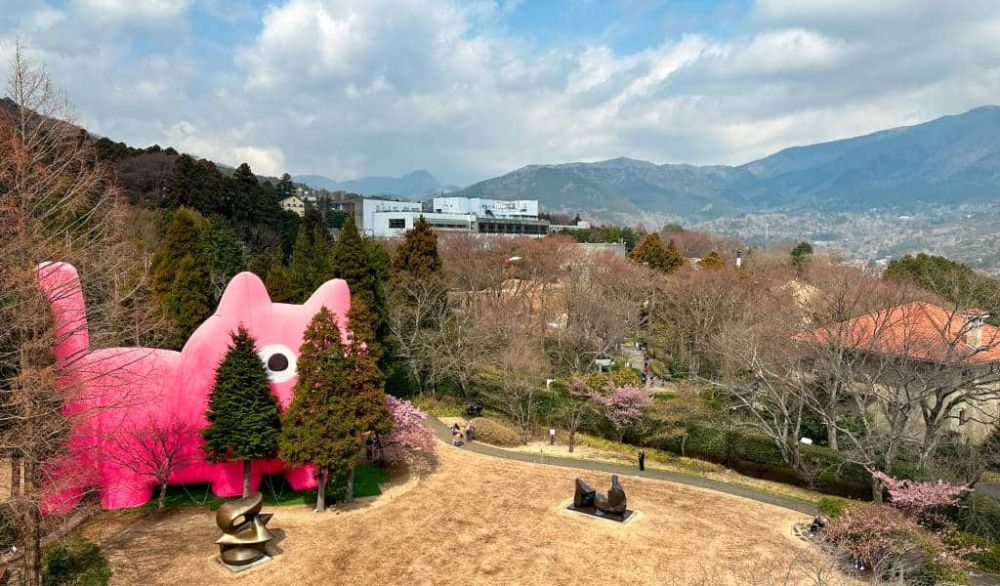

Nestled amidst the scenic landscape of Hakone, Japan, the Hakone Open-Air Museum has been a pioneer in the fusion of nature and art since its inception in 1969. The museum was the first of its kind in Japan to offer an outdoor "open-air" experience for viewing sculptures and artworks, a concept that has since been embraced by other institutions around the country.
The museum's origin dates back to the late 1960s when its founders envisioned an environment where visitors could enjoy sculptures in natural surroundings. They selected Hakone for its lush vegetation and picturesque views of the surrounding mountains, making it a perfect backdrop for the display of art. From its early years, the museum attracted visitors with its impressive collection of pieces by renowned domestic and international artists, including Pablo Picasso, Henry Moore, and many Japanese artists.
Over the years, the museum has expanded its collection and has continued to evolve. Key attractions, such as the Picasso Pavilion, showcasing hundreds of his works, and the Harmony Tower, have complemented the outdoor installations and contributed to the museum's prestige, making it a must-visit destination for art enthusiasts and tourists alike.
The influence of technology and changing travel behaviors have introduced new trends in the tourism sector, impacting how destinations like the Hakone Open-Air Museum attract and engage visitors. In recent years, there has been a shift towards experiential and immersive visits, prompting the museum to offer interactive exhibits and augmented reality experiences that allow guests to connect with art in new ways.
The museum has also adopted social media strategies to reach a global audience, sharing captivating imagery and stories to inspire potential visitors. Additionally, travel trends have seen a rise in eco-conscious travelers, aligning well with the museum's ethos of harmonizing art with the natural environment.
Today, guests at the Hakone Open-Air Museum can enjoy walking among the outdoor sculptures, participating in interactive workshops, or relaxing in the on-site foot bath featuring natural hot spring water from Hakone's volcanic sources. For families, the museum offers an engaging experience for children at the Curiosity Field, a hands-on play area designed to stimulate creativity.
The Hakone Open-Air Museum stands as a testament to the enduring appeal of integrating art, nature, and culture. It remains a beacon of innovation in the art museum sector and continues to attract visitors from all corners of the globe with its ever-evolving displays and commitment to providing a unique, memorable experience.